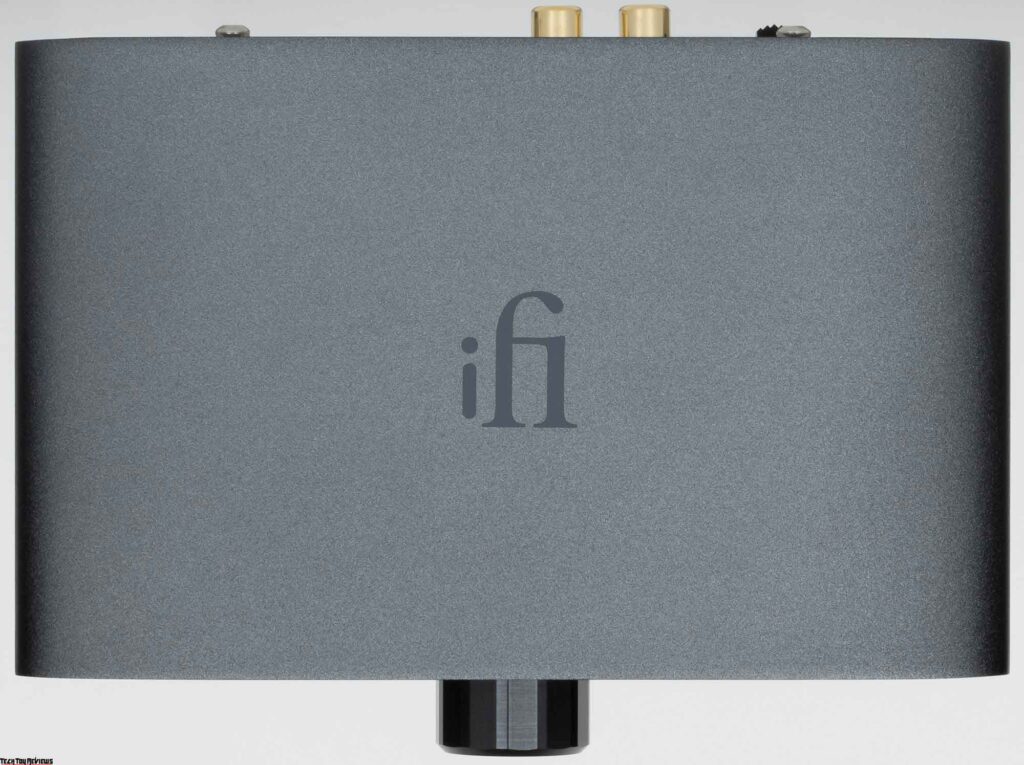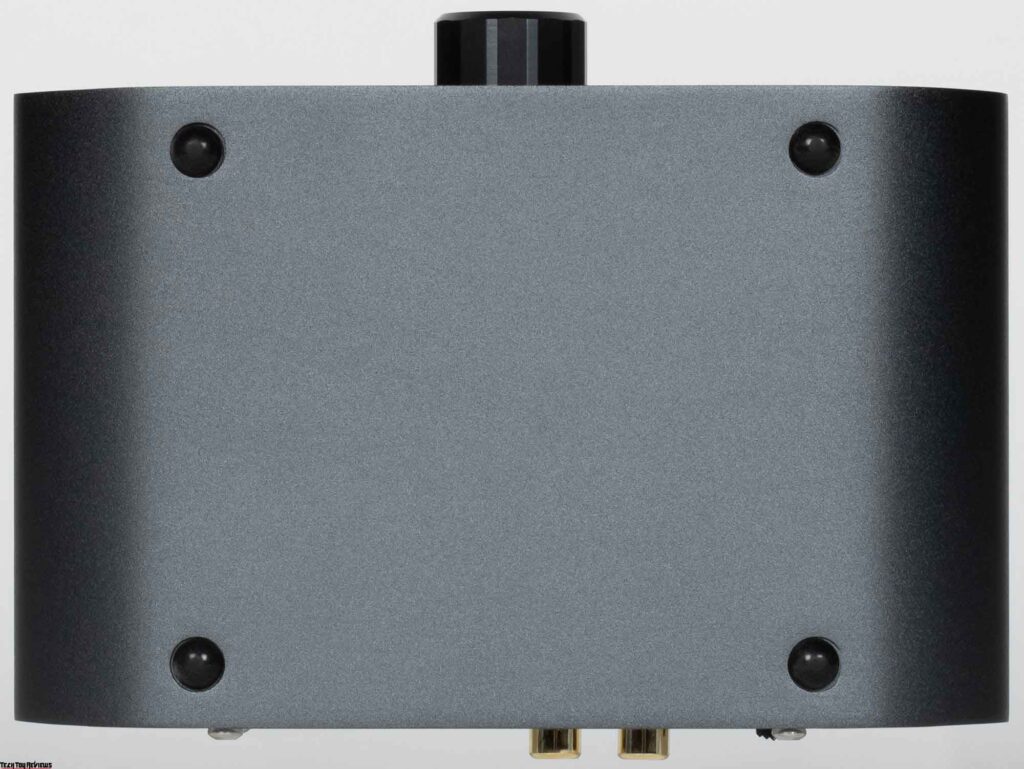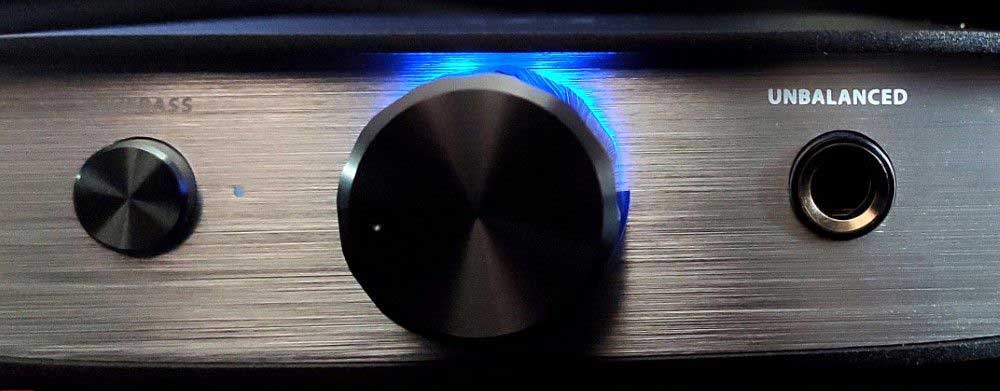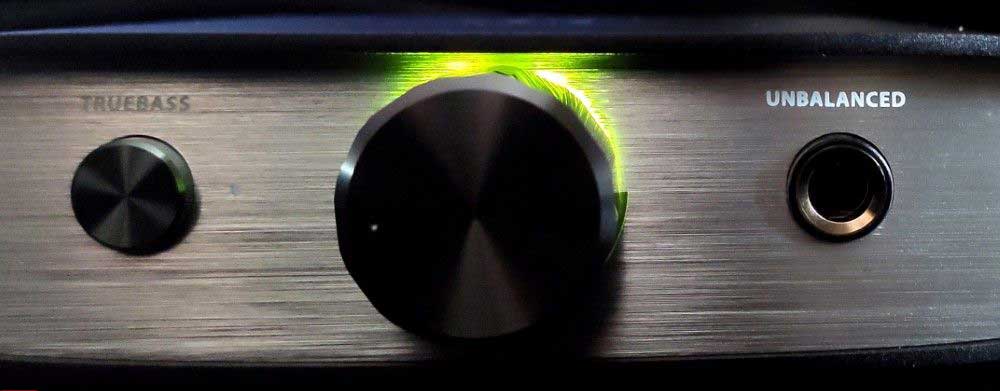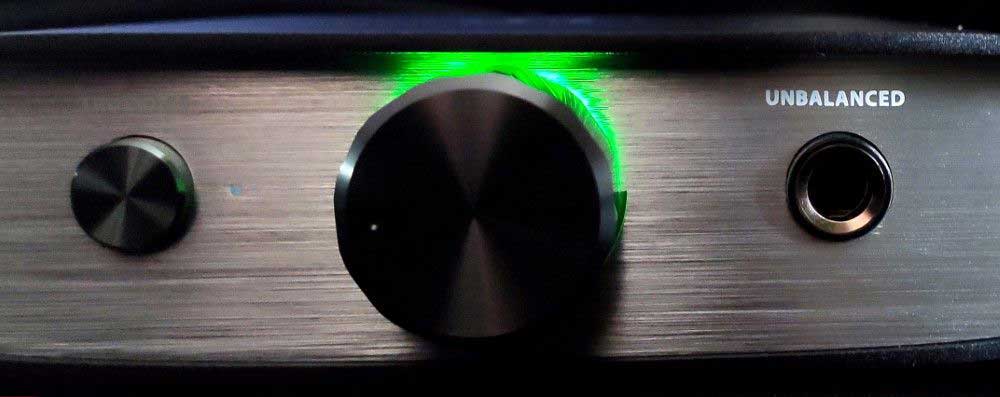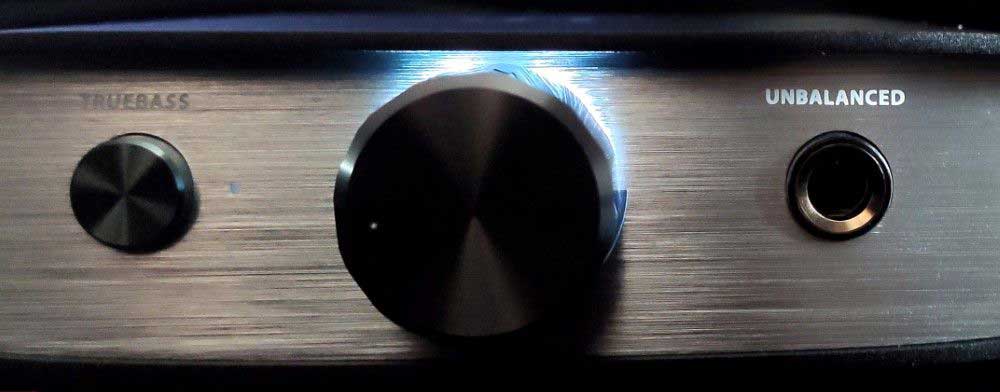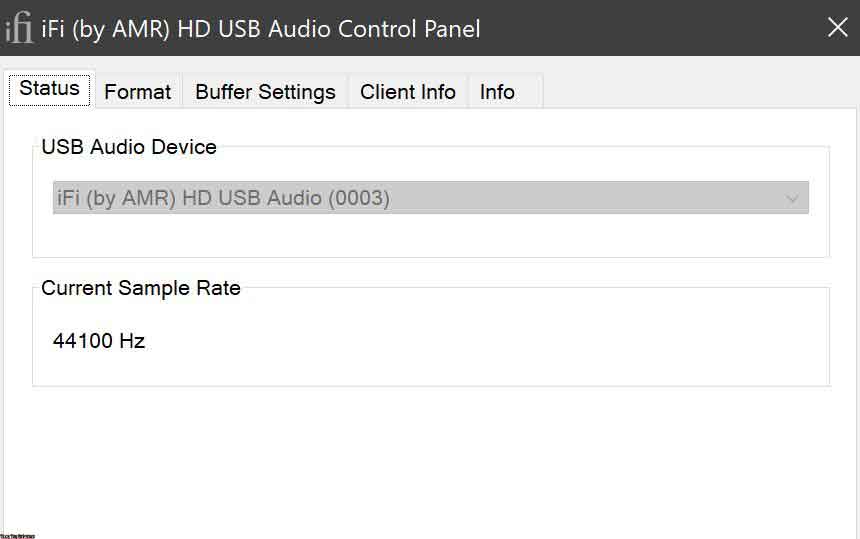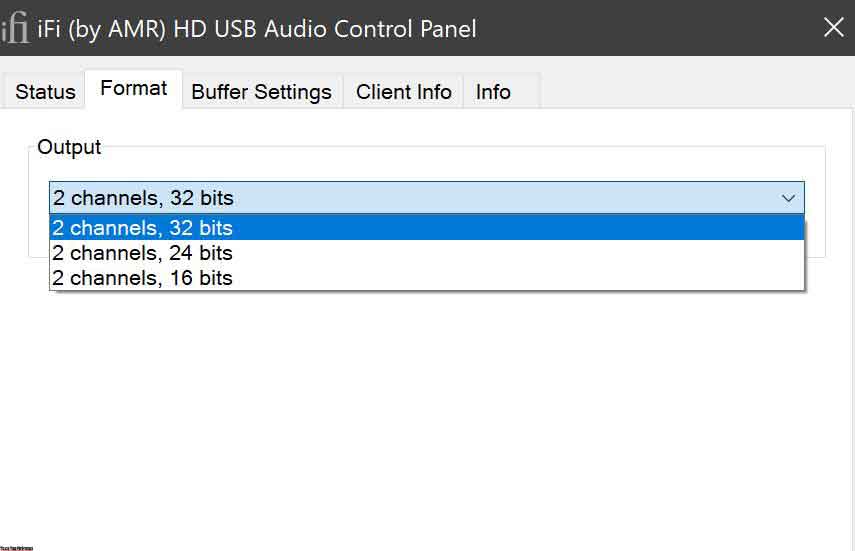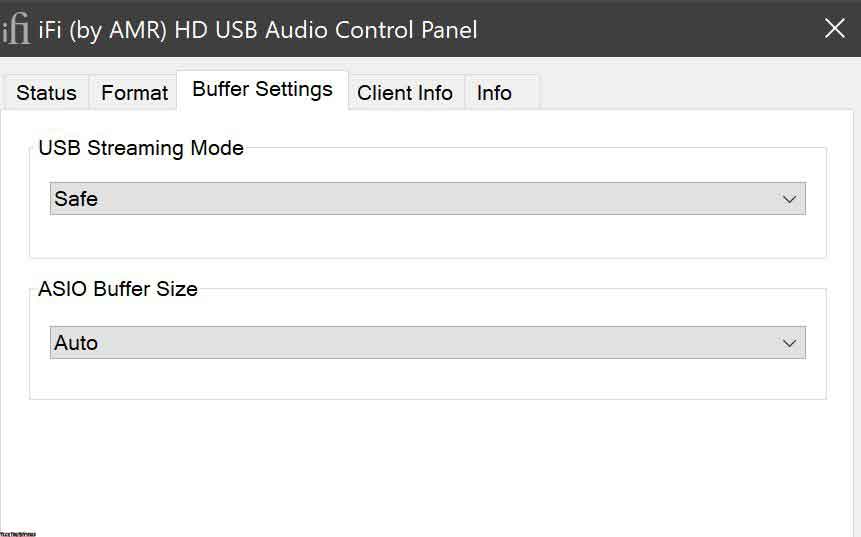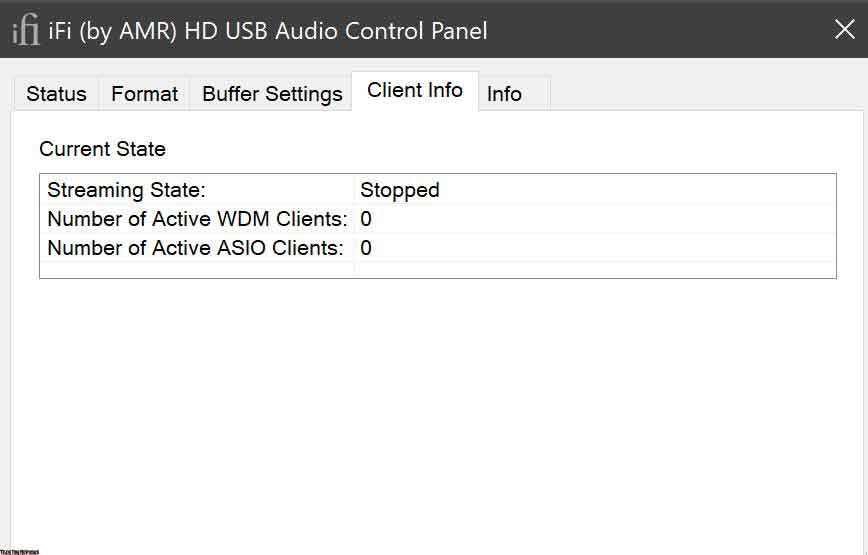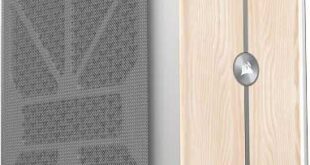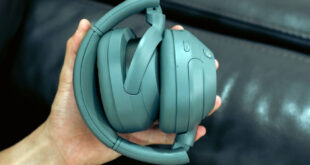Often, large and well-known companies in their field, specializing in advanced and relatively expensive equipment, decide to go public and start producing more affordable products. But so that there is no confusion and unnecessary associations, they do it under a new brand. It also happened with Abington Music Research (aka AMR), founded in 2000, which began offering compact and relatively inexpensive devices under the iFi brand less than 10 years ago. With all their skill, the equipment turned out to be of high quality and very interesting in terms of technical characteristics – they were created by the same AMR developers, albeit now to reduce the cost of the final product. One of the most successful devices was the iFi Zen DAC / Portable Headphone Amp, which at the same time pleased with a democratic price tag, versatility, and extremely good sound.
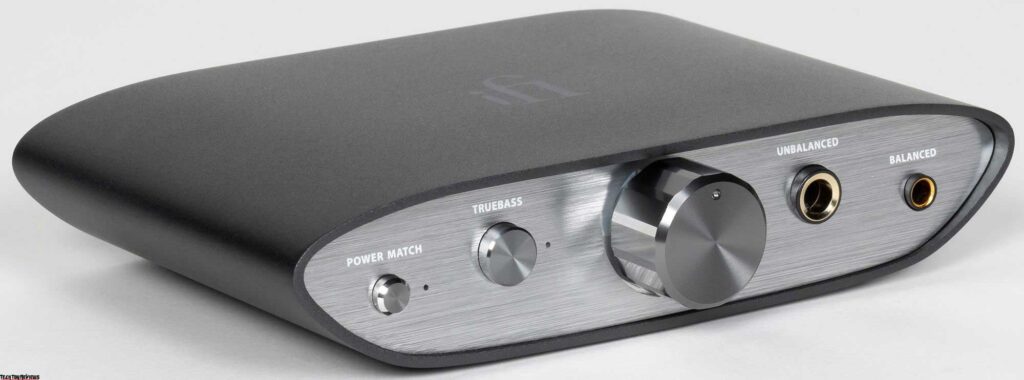
Since its release, it has managed to “receive” a lot of positive feedback from consumers, collecting many prestigious awards, but you can not rest on your laurels forever, over time the manufacturer made the right decision to update the product – Zen DAC V2 Edition A/V Receiver was born.
iFi Zen DAC V2 Specifications
- Input: USB3.0 B Socket (USB2.0 compatible)
- Formats: DSD256/128/64, Octa/Quad/Double/Single-Speed DSD DXD(384/352.8kHz), PCM(384/352.8/192/176.4/96/88.2/48/44.1kHz) MQA
- DAC: Bit-Perfect DSD & DXD DAC by Burr-Brown
Line Section
- Output: Audio RCA (SE) — 2.1V fixed, 1V / 3.3V max. (variable), 4.4mm Pentaconn (BAL) — 4.2V fixed, 2V / 6.2V max. (variable)
- Zout: <= 200 Ohm (BAL), <= 100 Ohm (SE) SNR: < -116dB(A) @ 0dBFS (BAL/SE) DNR: > 116dB(A) @ -60dBFS (BAL/SE)
- THD+N: < 0.0015% @ 0dBFS (BAL/SE)
Headphone Section
- Output Power (@1% THD): 4.4mm Pentaconn (BAL), 330mW@32 Ohm; 6.6V@600 Ohm; 16 Ohm – 600 Ohm Headphone / 6.3mm S-BAL (SE), 230mW@32 Ohm; 3.3V@600 Ohm, 16 Ohm – 600 Ohm Headphone (Note: Using 5v power. If powered from USB, the power output may vary.)
- Output Impedance: < 1 Ω (BAL/SE) THD & N: < 0.005% (125mW @ 32R) SNR: > 113dBA (6.2V BAL/3.3V SE)
- Power consumption: < 1.5W via USB power OR 5v DC (power supply not included)
- Dimensions: 160 x 117 x 35 mm
- Weight: 0.8 kg (1.8 lbs)
- Warranty period: 12 months
Inside the box
Inside the box, we find the device itself, brief instructions manual and a warranty card, two cables, a headphone adapter.
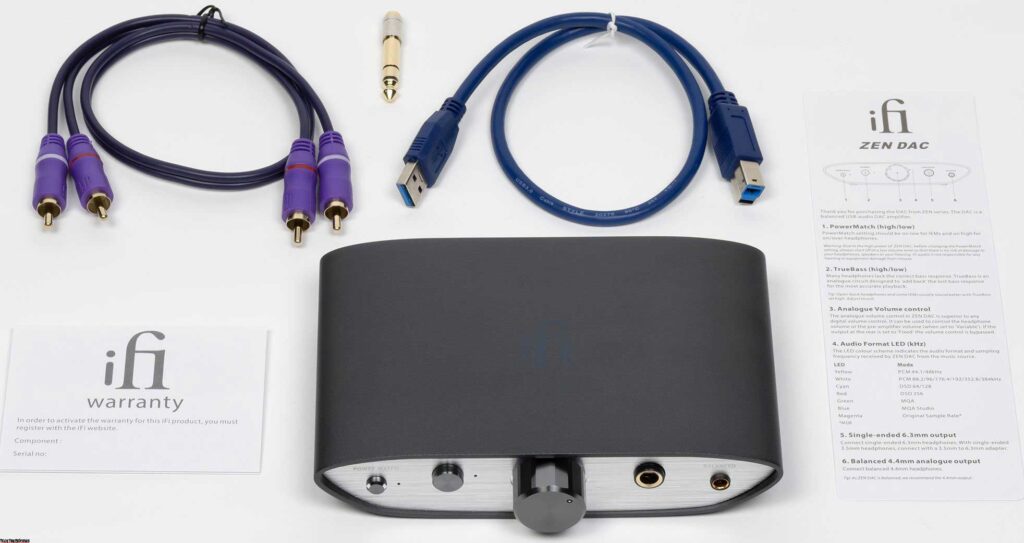
The 2 × RCA to 2 × RCA cable is beautiful, looks extremely reliable, and is pleasant to the touch. But it is a little small – only 50 cm. In theory, it should be used as an interconnect to connect the iFi Zen DAC to an external amplifier – then its length would be sufficient.
During the iFi Zen DAC V2 review, we connected Zen DACs to active monitors, and here we had to look for a longer cable.
The USB cable also looks good but the length does not spoil – the same 50 cm. It is enough to connect to a nearby laptop but to “reach” the PC system unit, you will probably have to look for a long time.
The adapter from 3.5mm mini-jack to 6.3mm “big jack” is compact, but it does its job perfectly – all contacts are reliable and tight.
Design
The design of the iFi Zen DAC V2 portable headphone Amp hasn’t changed since the last version, and that’s good news – the exterior of the device was initially both original and attractive, but solid at the same time. Looks great on the table, and naturally fits into any interior.
The front panel is made of milled aluminum. It has few buttons, large volume controls, and two headphone jacks.
On the back are the connector and line-out mode switch. We’ll talk more about connection and control in the connection and operation segment below.
The top panel is painted in dark gray color, the coating is matte – it is very resistant to stains from the touch and other dirt. The manufacturer’s logo is placed in the center.
There is nothing particularly outstanding on the sides – only a dark matte surface. The round shape of the case looks very interesting, adding a slight “vintage” touch to the design.
At the bottom, there are rounded legs that ensure a secure location on a horizontal plane.
If you look at the front panel from the side, you will find that it is slightly tilted back. It creates a small gap between the top of the volume control and the bottom of the panel. In its area, the panel has a pair of translucent plastic-covered cutouts with LEDs on the back.
This solution allows you to organize a very effective multi-colored backlight of the regulator, which looks great in the dark and is perfectly visible even in bright light.
But the decorative function of the backlight is by far the most important – changing the color, indicating which format of the stream is currently being played:
- Blue – MQA Studio
- Green – MQA
- Red – DSD256
- Cyan – DSD64 / 128
- White PCM 88.2 / 96 / 176.4 / 192 / 352.8 / 384 kHz
- Yellow – PCM 44.1 / 48 kHz
- Pink – the description says “Original Simple Rate” the color is used for all formats not listed in this list
Connection and operation
Let’s start with the connection to the rear panel. The main thing here is, of course, the USB-B 3.0 input, with which we will connect the iFi Zen DAC V2 to the PC. There are also line outputs – 2× RCA and a balanced 4.4mm Pentacon, which can be used to connect the Zen DAC V2 portable headphone Amp to active speakers or an external amplifier. There is a switch between the outputs that allow you to select one of the modes of their operation – adjustable or fixed, in which the signal bypasses the volume control. Accordingly, the volume level can be adjusted on both the iFi Zen DAC and the connected amplifier – whichever is more convenient.

As mentioned above, the device works fine with power only from USB, including – copes with “tight” headphones. But connecting an external power supply can slightly improve the sound quality, the connector for it is also located on the back panel.
There’s a Power Match button and a small power indicator on the left front panel. When activated, the headphone output increases the gain. Simply put, if you’re listening to an in-channel solution with low impedance, it makes sense to turn the mode off. And when connecting “tight” full-size headphones, you need to use them to get an acceptable volume level.
Next up is the True Bass button, which activates the bass boost function. According to the manufacturer, it allows you to make an audible accent on the low frequencies, but at the same time not distort the mids – we’ll talk about that below, of course. Here we note that in the fixed volume mode, when transmitting a signal to the line-out, True Bass is not available, if you switch to adjustable – everything works. And finally, on the right side of the front panel, there are two headphone jacks: a 6.3 mm jack and a balanced 4.4 mm Pentaconn.

Once the iFi Zen DAC V2 portable headphone Amp is connected to a Windows 10 PC, it is immediately recognized as an audio source and is ready to use. One of its most interesting features is MQA support. And the main source of streams in this format is, of course, Tidal. The Windows client of the service immediately detects the DAC / amplifier and prompts you to use it. All you have to do is agree, and it is automatically selected as the exclusive playback device.
And in general, after that everything works – the MQA tracks are played, the indicator flashes with the necessary colors. But one of the key differences between the updated iFi Zen DAC V2 from its predecessor is full MQA format decoding. As we said above, the base model acted only as an MQA renderer, and the computer connected to it performed the decoding. To use the new feature, you need to go into Settings and enable the Passthrough MQA function – that is, enable direct streaming.
Well, setting up work with various programs for playback, of course, will require a little more time – each has its own nuances, which we will not go into here. Let’s say that it is definitely worth visiting the manufacturer’s website in advance, downloading and installing drivers, as well as the Zen DAC control panel, for which ASIO support is specifically implemented. This, of course, applies only to Windows users, under macOS everything will work anyway. After installation, a control panel icon appears in the tray, which allows you to select a mode, configure a buffer, view information about a device, and so on.
iFi Zen DAC V2 portable headphone Amp does not know how to “understand” that your PC is turned off. If there is power on the USB output, the device will turn on, which means that the regulator on the front panel will light up. A trifle, of course, but sometimes it can be a little annoying. On the other hand, the device copes well with all the specified formats, it “rocks” high-impedance ears perfectly, the volume is quite enough – we have already talked about this.
Sound
The iFi Zen DAC V2 portable headphone Amp copes predictably well with music reproduction, the sound is neutral – without unnecessary coloring. All frequencies worked well, there are no obvious flaws – the nature of the presentation traditionally depends more on the connected headphones than directly on the DAC / amplifier. The measurements also show very acceptable results for the price segment in question. We mainly tested the “headphones” output, which will likely be used most often. We also tried other connection options, the results are different, but at least – there is no point in overloading the iFi Zen DAC V2 review with additional numbers.
But we will certainly collect the measurement results in a single table in different ways – it turned out to be quite interesting. Well, once again, we remind you that all measurements are given solely as illustrations to demonstrate the main features of the tested devices. It is not necessary to draw unequivocal conclusions from them about the quality of a particular model. In total, we performed four series of measurements in RMAA 6.5:
- Power Match Disabled / External Power Disabled
- Power Match Enabled / External Power Disabled
- Power Match Disabled / External Power Enabled
- Power Match On / External Power On
As you can see, the Power Match function has a noticeable effect on the measurement results. The truth is much more interesting than connecting an external power supply that can actually give positive results. However, you need to understand that the difference, in this case, is a fraction of a percent and is not audible. But it is – a fact.
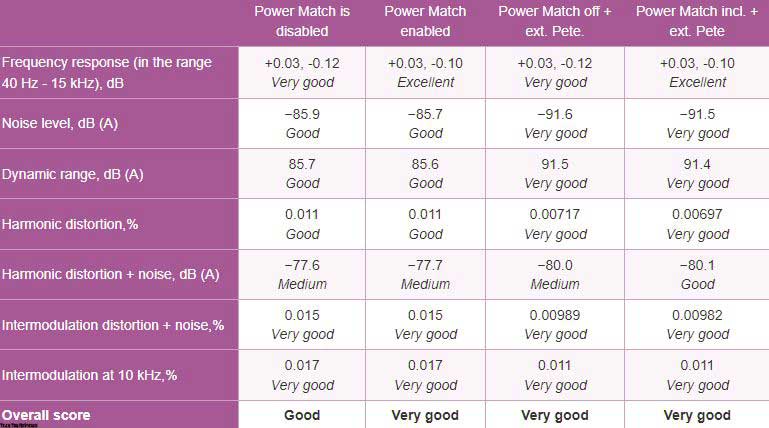
Once again, we note that for its price range iFi Zen DAC V2 shows good results even “in numbers”, and if we talk about subjective perception, everything is fine in general – there are no problems with detail, any musical material is served quite “evenly” and naturally. For example, when listening to a dance track or hip-hop, the listener may need more volume in the bass. Fortunately, you can emphasize this with a single button. Let’s go back to the frequency response of the device once again: we will overlay graphs with the True Bass function on and off.
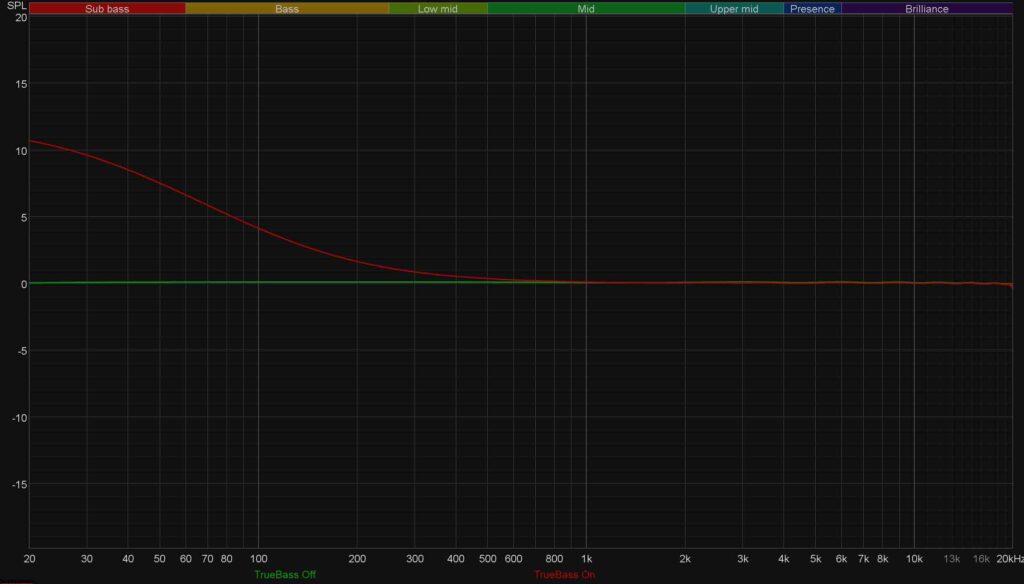
As you can easily see, turning on the function actually shows a significant emphasis on the low-frequency range, while the lower the frequency, the more emphasis is given. At the same time, the bass remains surprisingly collected – without “mumbling”. Bass lovers would definitely like it, for us the emphasis on the low-frequency range in IEMs and closed headphones seemed a bit high, but traditionally most bass open ones have it very well.
Final line
iFi Zen DAC V2 DAC / Portable Headphone Amp is a really cool device. Yes, it cannot show ultra-high measurement results and has some controversial features. But at the same time, the listener gets everything he needs: support for MQA and other modern formats, compatibility with different headphones, but at the same time, the listener gets everything he needs: support for MQA and other modern formats, compatibility with different headphones, the ability to simultaneously use active acoustics or an external amplifier … Not to mention a nice design, for example.
Of course, there are more “advanced” devices on the market, such as iFi iDSD Diablo (REVIEW), but their cost is much higher. In its own price segment, $159 on Bhphotovideo.com and Amazon.com or £159 on Amazon.co.uk, Zen DAC has been and remains one of the clear leaders. If the user is faced with the task of providing himself with good sound and music listening but does not want to spend a lot of money on this venture, then it is certainly worth paying attention to the hero of today’s review.
 Technology News, Reviews and Buying Guides review, monitor review, tablet review, laptop review, mobile review, smartphone review, buying guide,
Technology News, Reviews and Buying Guides review, monitor review, tablet review, laptop review, mobile review, smartphone review, buying guide,


